#icp.org
Photo


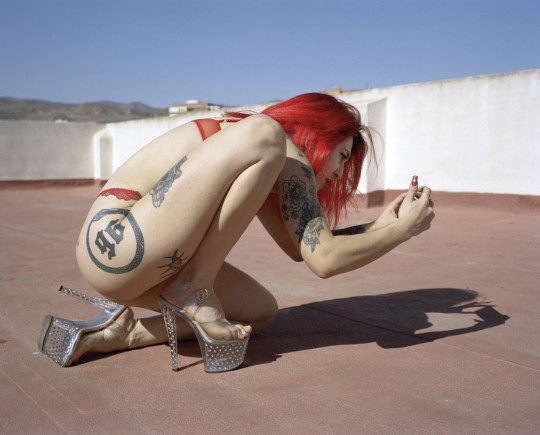

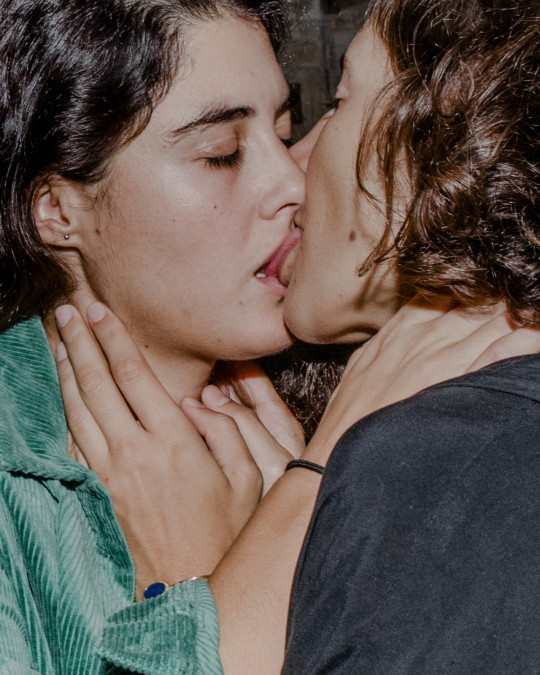
“There is so much more to the things that we think we know from afar. The closer you get the more complex it is, not the simpler it is to understand.”--Susan Meiselas
Magnum Photos and the International Center of Photography here in New York are presenting the work of twelve Magnum photographers in a new exhibition, “Close Enough: New Perspectives from 12 Women Photographers of Magnum.”
Curated by the estimable Charlotte Cotton, the show presents us with recent and ongoing projects from three generations of Magnum photographers, each of whom chose to present work that, in their unique way, reflects their relationships and approaches to telling stories and working with subjects.
I spoke briefly with Bieke Depoorter who talked about the artist/subject “paradoxical tension” and her ongoing collaboration with Agata Kay. Depoorter’s project, Agata, is multilayered and imbued with emotion. She weaves various narratives together that subvert any “truth” we are hoping to find. Her exploration between two women--artist & subject--is fascinating to see.
With twelve photographers work on display, we are told each one’s work has been displayed in a kind of “open dialogue” with one another. I am not sure I agree: each woman’s project seemed intimate, personal and apart from the others. Seeing excellent work, however, displayed in a well planned and well curated exhibition make Close Enough worth getting to know and to understand. --Lane Nevares
#close enough#icp.org#magnumphotos#photography#women photographers#magnum photographers#icpphoto#bieke depoorter
30 notes
·
View notes
Text
Weegee (Usher Fellig) - artists research post
Usher Fellig started off as a photographer at the age of 14. Eventually he gained employment when he and his family immigrated to the U.S. from Ukraine. He then became a news photographer and was working around the police. He had an exhibit in the Musuem of Modern Art in 1941.
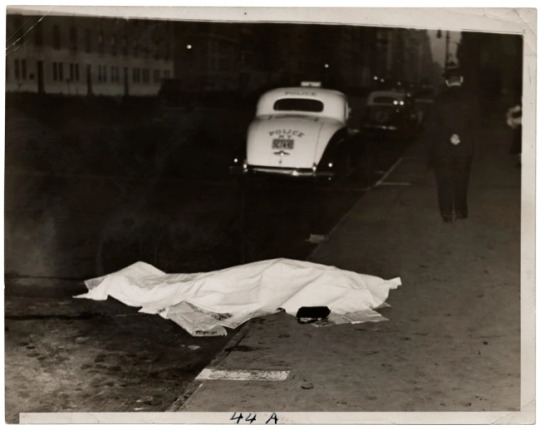
This photo is titles, "Girl jumped out of car, and was killed, on Park Ave". Taken in 1938 in Manhattan. The dimension are 6 3/4 x 8 3/4 in for the image. The media is photo-gelatin silver. A girl was hit by a car. I think he took this photo for crime scene purposes because he was a news photographer.
Weegee On the Spot – Art Blart _ art and cultural memory archive
Weegee | International Center of Photography (icp.org)
0 notes
Text
Looking through some artists I found AN-MY le, whose work seems to me somewhat controversial. An-My le was born in Saigon, Vietnam 1960 but works as a photography professor at Bard College in Brooklyn, New York
An-My graduated from Stanford University as a biologist and received her MFA degree (Master of Fine Arts) in photography from Yale University. An-My began her career as a photographer around the 1990s after graduating as a biologist.
An-My's early work includes; "Viet Nam '' (1994): In this series, An captures the impact of war on the environment and culture of VietNam. "Small Wars" (1999-2002): This series contains some provoking images in which she captures battles during the Vietnam War reenactment, the Viet Cong camps, and soldiers resting, among other pictures that give us another perspective of the historical context of the conflict.
An-My le has exhibited her work in various museums and galleries, which include The Museum of Modern Art, New York, Marian Goodman Gallery, New York, NY, and MoMA PS1, New York, NY.

Among her various prominent works, I found "Small Wars" from 1999, which I thought was very interesting to see the recreation of the Vietnam War. These pictures recreate that historical event very well, but the one that impacted me captured soldiers sleeping. In this picture, An captured a camp tent between the forest and some soldiers sleeping in front of it.
Personally, I like this series because as a whole it does capture the sense of war.

Awards:
Some of the most important awards and honors include "The Louis Comfort Tiffany Foundation Awards' ' (2009), which celebrated An-My as an emerging artist, and "Anonymous Was A Woman' ' (2006), which recognizes female artists and their contribution to the art world.
An-My's best-known and most important works include; "Small Wars" (1999-2002), "Viet Nam" (1994-1998), and "29 Palms" (2003-2004).
An-My Lê | International Center of Photography (icp.org)
Small Wars — An-My Lê (anmyle.com)
0 notes
Text
Art 30 Photo Book Report #1: Alex Webb
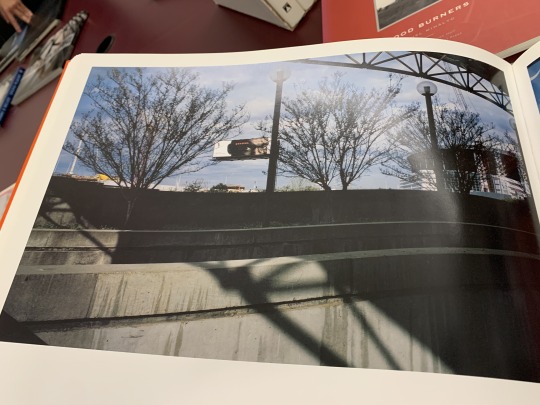

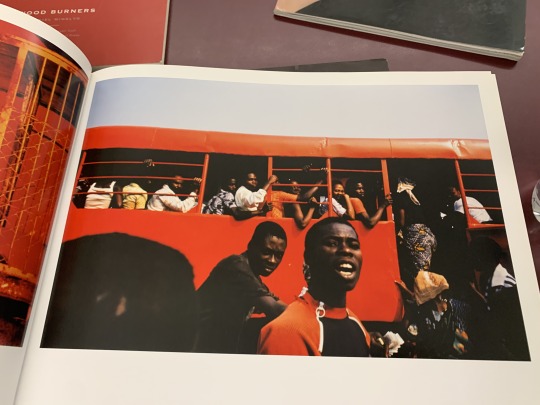

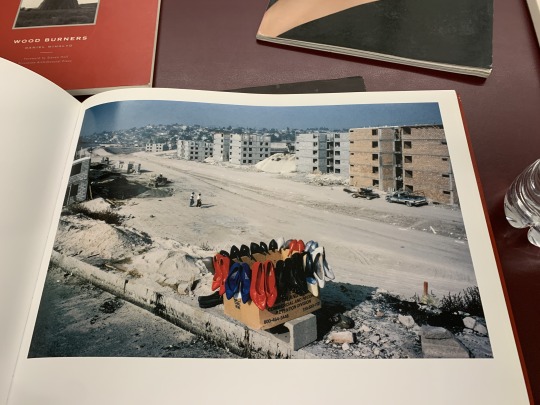
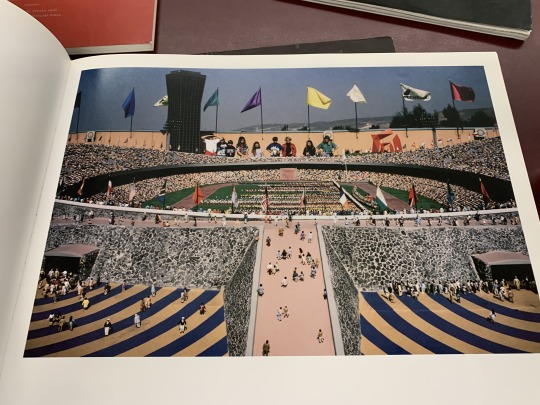

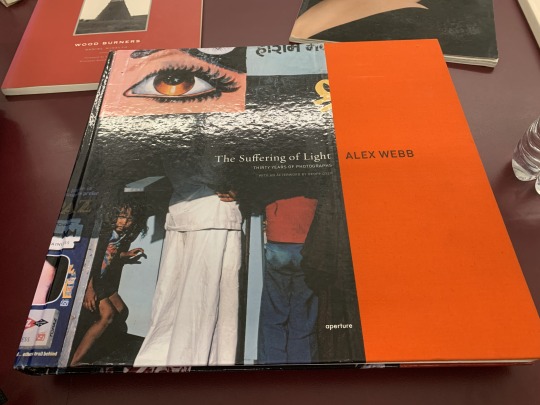

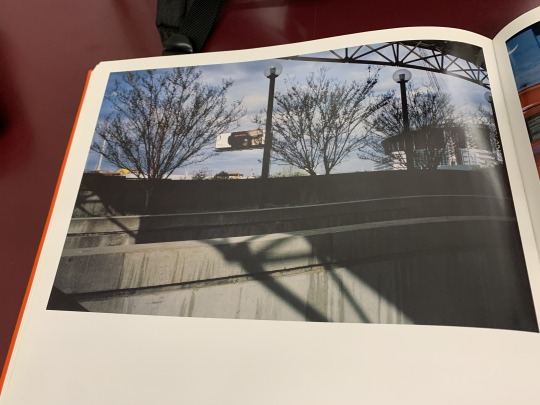
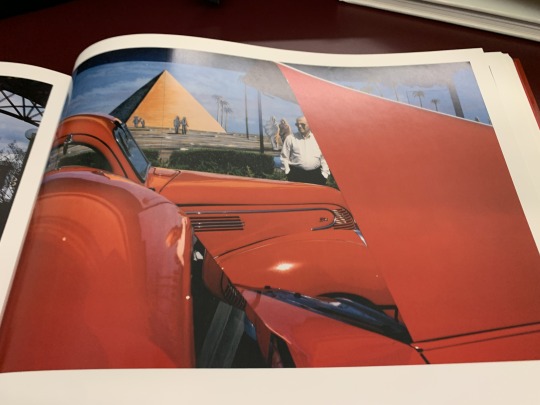
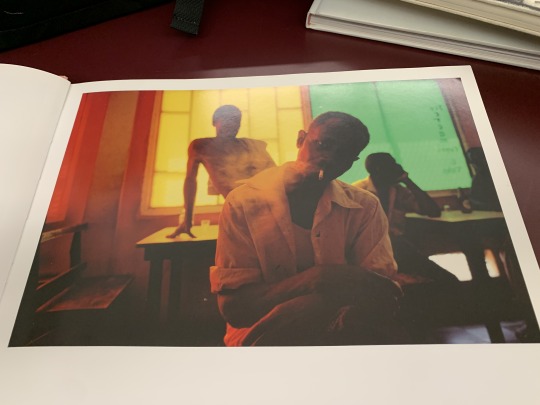
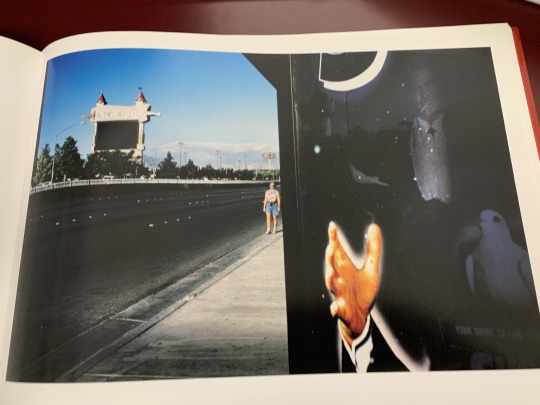
Name of Book: The Suffering of Light: 30 Years of Photographs by Alex Webb
Who is Alex Webb? He is well-known photographer who created very complex and vibrant color photographs of either serendipitous or enigmatic moments, often in places with sociopolitical tensions (magnumphotos.com, Alex Webb). Alex Webb was born in San Francisco in the year 1952 and he spent his time and interest in photography while he was in high school; moreover, he even majored in history and literature at Harvard and studied for photography at the Carpenter Center for Visual Arts. (icp.org, Alex Webb).
The type of subject matter that Webb used in his photographs, as I mention this again, is using a vibrant and complex color that shows a remarkable, but formulaic as his subjects - found throughout in the Caribbean, South America, Africa, and else where, his landscapes with people are seen scattered across the frame in a certain, invigorating way that Webb doesn't stage them. One surprising moment is that Webb uses a lot of pattern, shadowing, and enough brilliant sunlight that creates a frieze of figures in well divided setting of colors, like how he took a picture at the time when he went to Africa and shot a picture on how many people board a bus or taking a picture of guy laying face down on his beach towel at the beach.
Overall in this book, Webb has created this to give the artist or photographer's attention as he used his iconic images and photos in many ways of which were taken in far corners of the earth, as his book is dedicated to restore and bring a fresh perspective of his extensive catalog as a photographer. Plus Webb has consistently created photograph to characterized the main aspects of intense light and colors, even richly layered and complex composition that touches on multiple genres on what is happening in the real world. (magnumphotos.com, The Suffering of Light).
For what I think about this book, I am deeply amazed on how Webb was able to recreate his photos in a very eye catching moment after using color and lighting that brings out what is happening in the overall photo. And this type of photography has created a feeling as I see each photo was able to create a story on what we are facing in the real world and what we have encountered in our daily lives, such as war or living in hard conditions that impact our society as of now.
0 notes
Text
Isaac B. Singer en de wereldoorlog die zich aankondigt
Joodse jongens in Warschau, foto: Roman Vishniac; bron beeld: icp.org
In de bundel herinneringen aan zijn jeugdjaren in de Krochmalnastraat, Warschau: Een heerlijke dag, schrijft Isaac B. Singer (1903-1991) over het begin van de Eerste Wereldoorlog.
Het was voorjaar 1914.
De kranten stonden al jaren vol van de kritieke situatie in de Balkan en de rivaliteit tussen Engeland en Duitsland. Maar bij…

View On WordPress
#20-ste eeuws#Eerste Wereldoorlog#herinneringen#jeugdjaren#Kozakken#kroonprins#niet-religieuze school#oorlogsgeruchten#Polen#Russische overheersing#schrijver#Warschau
1 note
·
View note
Text
002 - Perspective
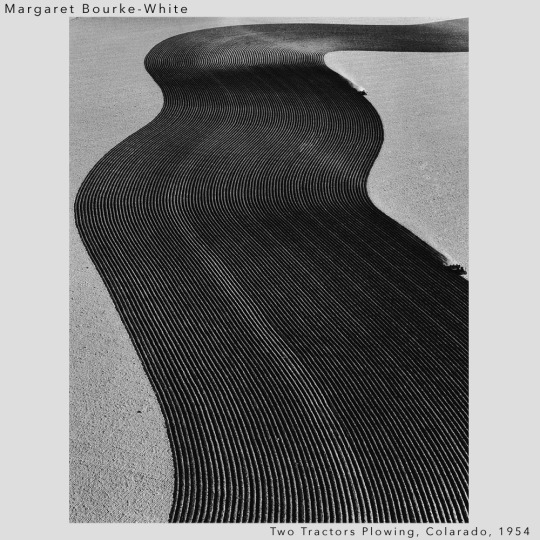
Margaret Bourke-White is a photographer I looked to for inspiration when I first started studying photography at school. I remember looking at her pictures in a big book of LIFE photographers and stoping on her work. Her work appeals to my sense of order, it feels like everything has its place.
What I find so inspiring about this image is it’s use of perspective to create an image that works in two ways.
The first is the image that shows the scale of agriculture. It shows the precision and fortitude that’s needed to plow endless fields.
The second image is the abstract Henri Matisse curves. This latter image is the first one that I encounter looking at this photograph. I enter the scene confused by the scale and perspective, questioning whether the lines are raked in sand by a monk? I’m misunderstanding it from my perspective, not from Bourne-White’s arial perspective.
Bourke-White’s cropped this image very selectively, this confusion was purposeful. In the end, it was the title that gave it away for me, and it was an enlightening moment when I realised the scale of the image.
You can see more of her work in the LIFE archives as well as her ICP.org page
2 notes
·
View notes
Text
0 notes
Photo

The latest in solar eclipse eye protection, NYC, 1962. Photo by Lou Bernstein (1911-2005). icp.org
71 notes
·
View notes
Photo

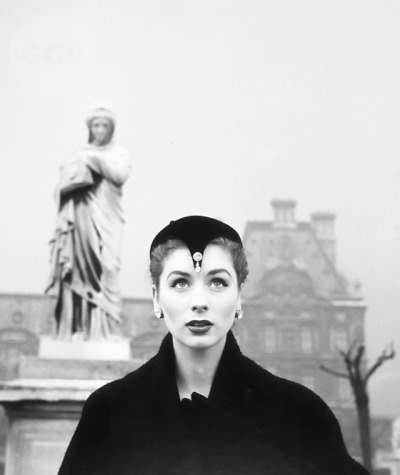
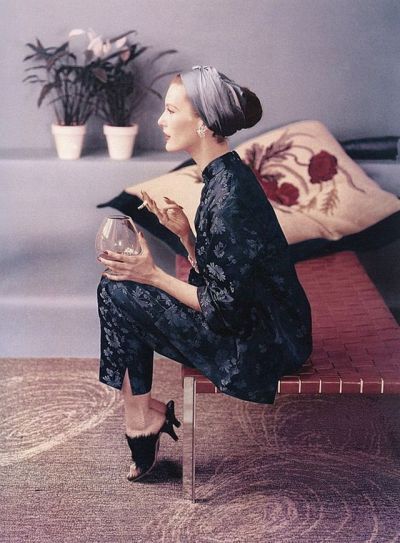
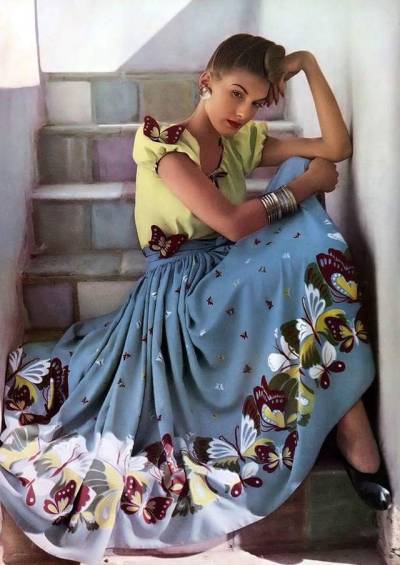
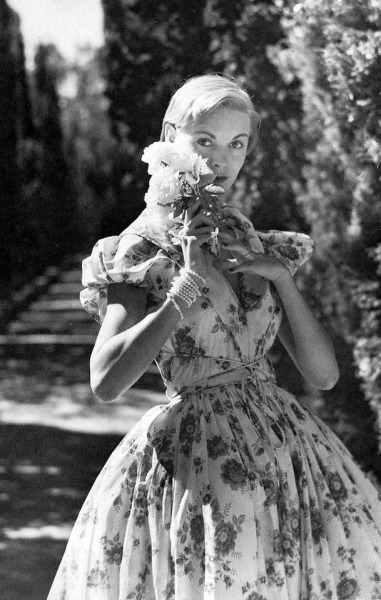

Louise Dahl-Wolfe
“[...] Travel with the photographer Consuelo Kanaga in Europe in 1927-28 piqued [Louise Dahl-Wolfe’s] interested in photography[...]. In 1932, when she was living with her husband near the Great Smoky Mountains, she made her first published photograph, Tennessee Mountain Woman. After it was published in Vanity Fair in 1933, she moved to New York City and opened a photography studio, which she maintained until 1960. After a few years producing advertising and fashion photographs for Woman's Home Companion, Saks Fifth Avenue, and Bonwit Teller, she was hired by Carmel Snow as a staff fashion photographer for Harper's Bazaar in 1936. Dahl-Wolfe remained with the magazine until 1958, after which time she accepted freelance assignments from Vogue and Sports Illustrated until her retirement in 1960.
Dahl-Wolfe was especially well-known during the infancy of color fashion photography for her exacting standards in reproducing her images. Her insistence on precision in the color transparencies made from her negatives resulted in stunning prints whose subtle hues and unusual gradations in color set the standard for elegance in the 1940s and 1950s. In addition, she pioneered the active yet sophisticated image of the "New Woman" through her incorporation of art historical themes and concepts into her photographs. “ - ‘Louise Dahl-Wolfe Biography,’ icp.org
0 notes
Photo
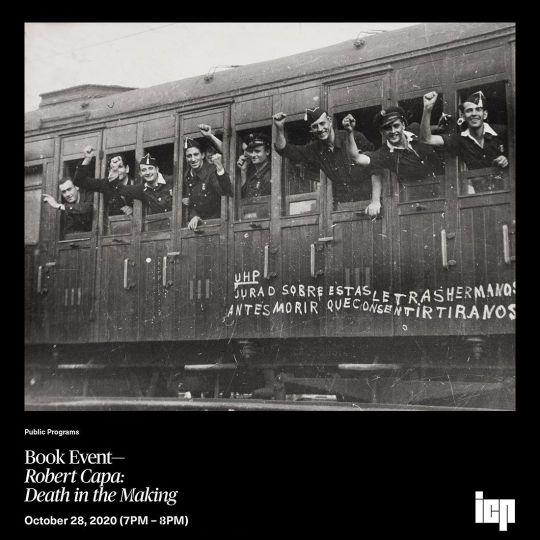
TOMORROW, Weds 10/28 from 7-8PM EST!! @icp & @damiani_books present Cynthia Young, curator and author of the republication of 'Robert Capa: Death in the Making,' for an evening celebrating the launch of the expanded edition of Capa’s classic photobook documenting the Spanish Civil War. Buy tickets via linkinbio! ⠀ ⠀ About the Program Format⠀ This program will take place on Zoom. Those who register to attend will receive a confirmation email with a link located at the bottom of the email under "Important Information" to join the lecture through a computer or mobile device.⠀ ⠀ ICP recommends participants download the Zoom app on their device prior to the program.⠀ ⠀ If you do not receive the link by 2 PM on the day of the lecture or if you have questions about the virtual lecture, please contact: [email protected].⠀ ⠀ #robertcapa #deathinthemaking⠀ https://www.instagram.com/p/CG2hjxCpWnp/?igshid=7l0p74goh8gt
0 notes
Photo
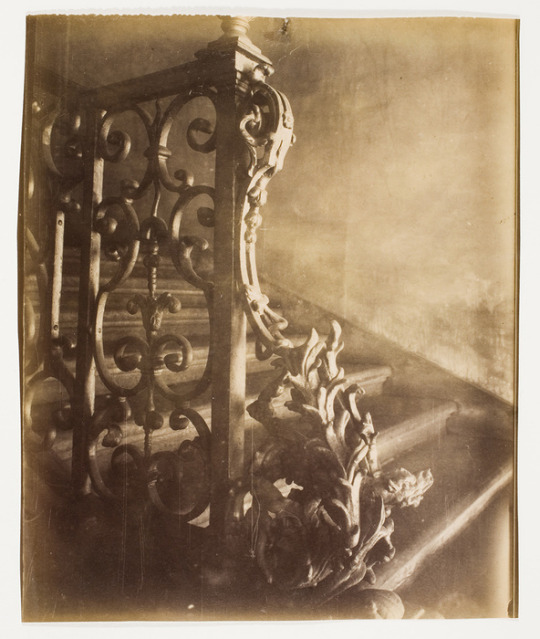
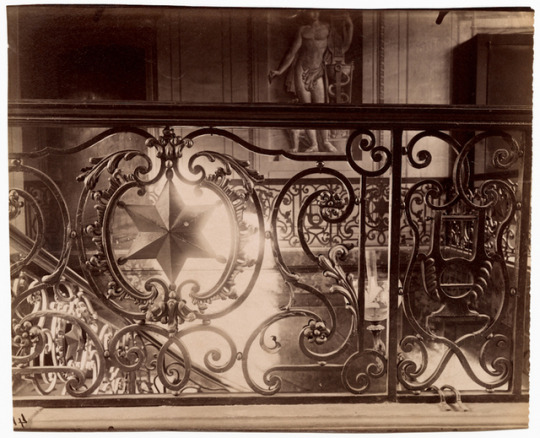

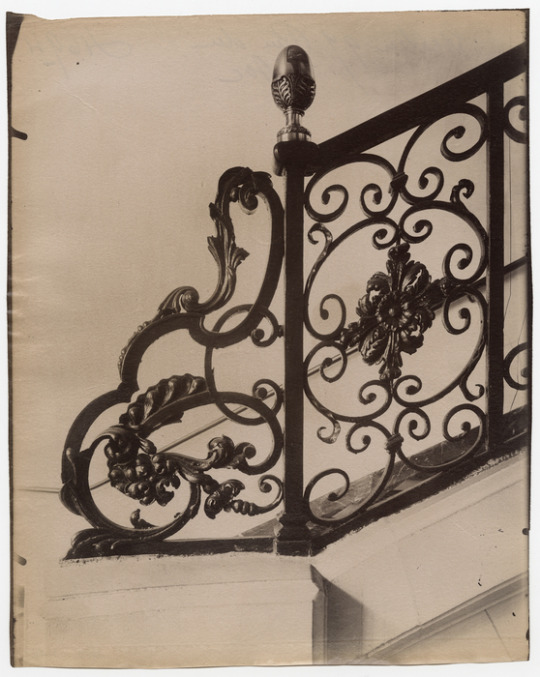


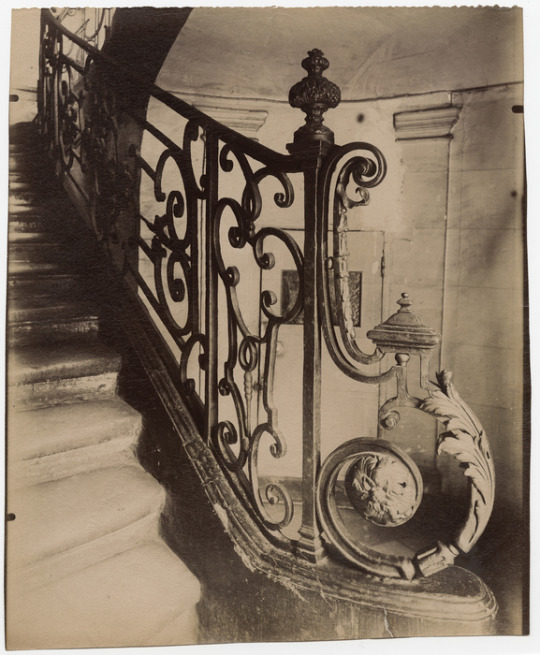

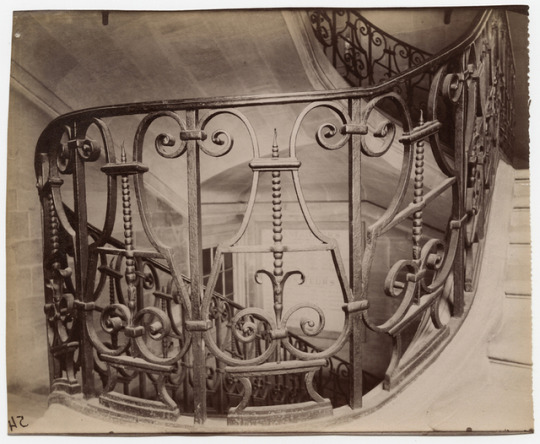
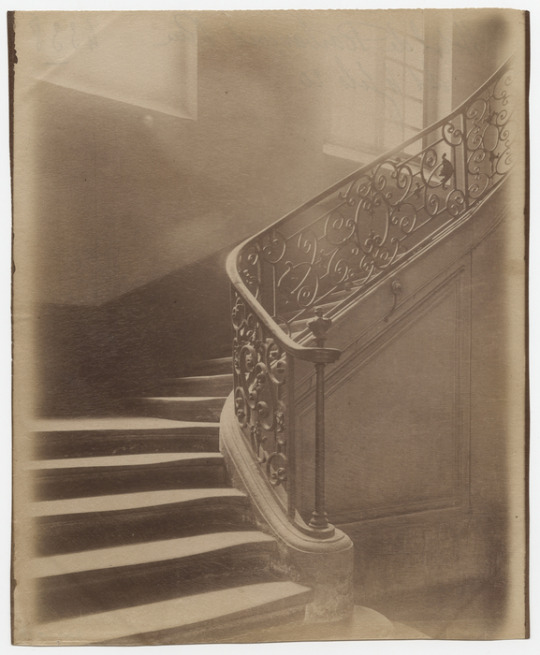
Eugène Atget
1. Hôtel Cheniseau (sic. Chenizot), Rue Saint-Louis en l'Ile.
2. Rue de Tournon 6, Hôtel de Chantosme.
3. 14 Rue du Cherche Midi.
4. Escalier, 97 rue du Bac.
5. Escalier d'hôtel, 3 rue des Déchargeurs.
6. Hotel Maupeou, Rue Radziwill 17.
7. 13 Rue des Petits Champs.
8. Hotel de Sully Charost, rue du Cherche-Midi 11.
9. Institution des sourds muets rue St Jacques 54.
10. Hotel de Barbancois, Rue de Quatre Fils 20.
Eugène Atget was a French photographer best known for his photographs of the architecture and streets of Paris. He took up photography in the late 1880s and supplied studies for painters, architects, and stage designers. Atget began shooting Paris in 1898 using a large format view camera to capture the city in detail. His photographs, many of which were taken at dawn, are notable for their diffuse light and wide views that give a sense of space and ambience. They also document Paris and its rapid changes; many of the areas Atget photographed were soon to be razed as part of massive modernization projects.
(Source: icp.org)
194 notes
·
View notes
Text
Artist research #3
Artist Background;
Sebastião Salgado was born in Aimorés, Brazil February 8, 1944. Initially, Salgado started as a photographer around the early 1970's thanks to his previous job as an economist. His work required him to travel a lot, and so these trips started his eagerness to capture his experiences during his travels.
His first photographic journey started as a freelancer photojournalist working for agencies such as Sygma, Gamma, and Magnum. He has published many of his documentaries including "The Other Americas'' (1986), Sahel: L’homme en détresse (1986), and Workers (1993).
His work focuses on capturing the everyday life of people from distinct cultures around the world. Some of his work depicts social justice, human rights, and environmental issues. Some of his great work has been exhibited in many galleries, museums, and institutions, and they can be seen in Sundaram Tagore Gallery (New York), Barbican Art Gallery (London), and the International Center of Photography (New York). Important awards of Salgado include the Arles International Festival prize in which his work "Genesis" won for the best photography book. Some others include the Erna and Victor Hasselblad Award for visual storytelling, the W. Eugene Smith Memorial Fund Grant (1982), or the W. Eugene Smith Memorial Fund Grant (1982) for being committed to storytelling and social changes. Also, among his important works, we can find some of the most known such as "Migrations" or "Genesis."
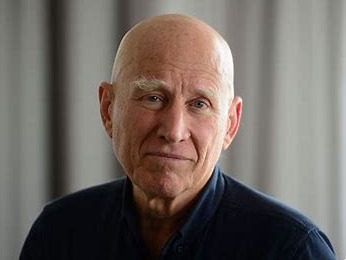
Picture taken from his work “The Other Americas”, black and white film photography, Bolivia 1977.
This picture was taken in Bolivia and it captures people gathering or burning something in the open landscape but In my opinion, they are burning grass to prepare the land for tilling.
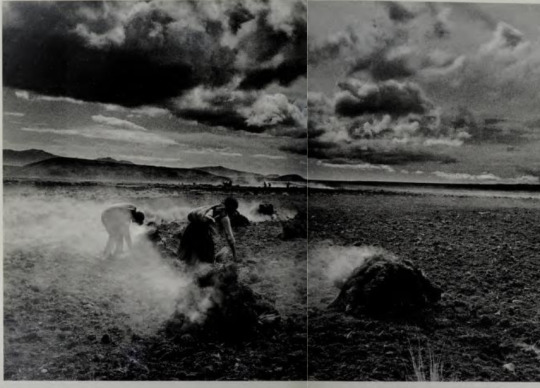
The work of Sagaldo is very depressing to me, it shows the hard part of everyday life of people. This picture in particular caught my attention because it seems more cruel to me. All his pictures in “The Other Americas' ' depict cruelty but I had to choose one and so I decided this one captures a lot of pain. I think it is a good example of how to take an amazing picture.
Sebastião Salgado | International Center of Photography (icp.org)
0 notes
Photo
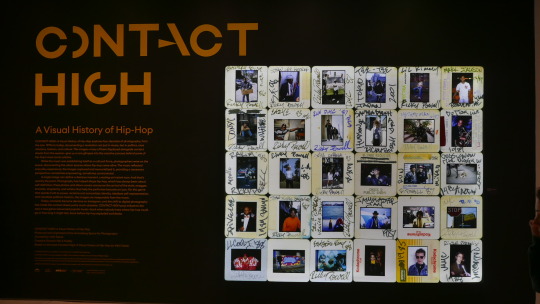

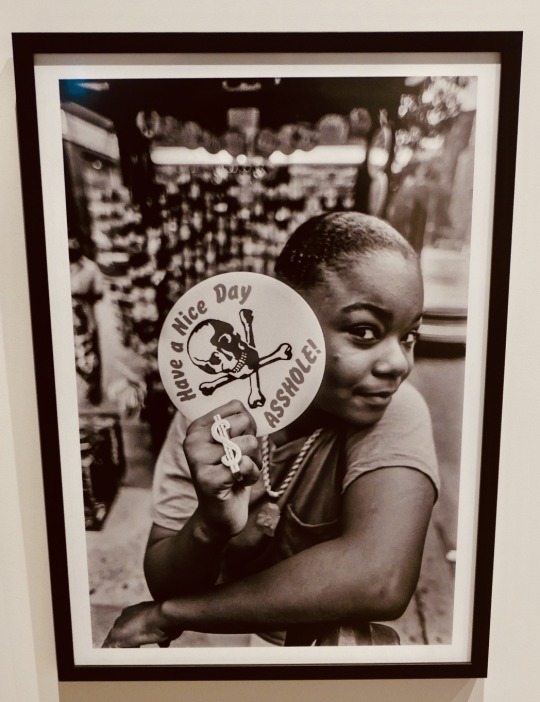
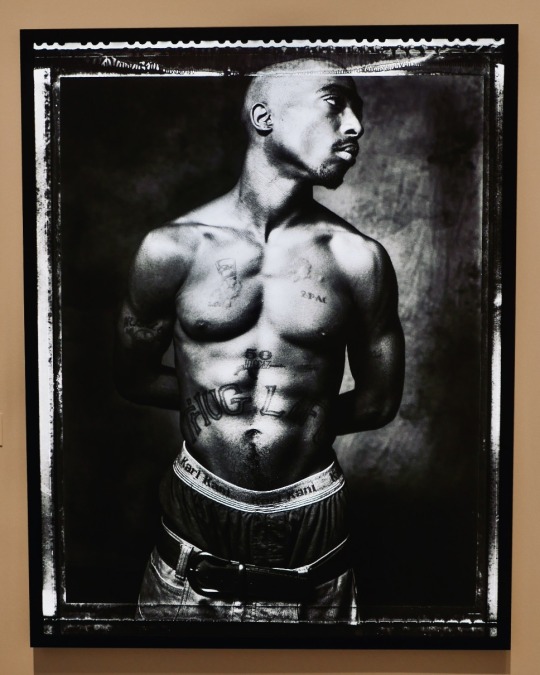
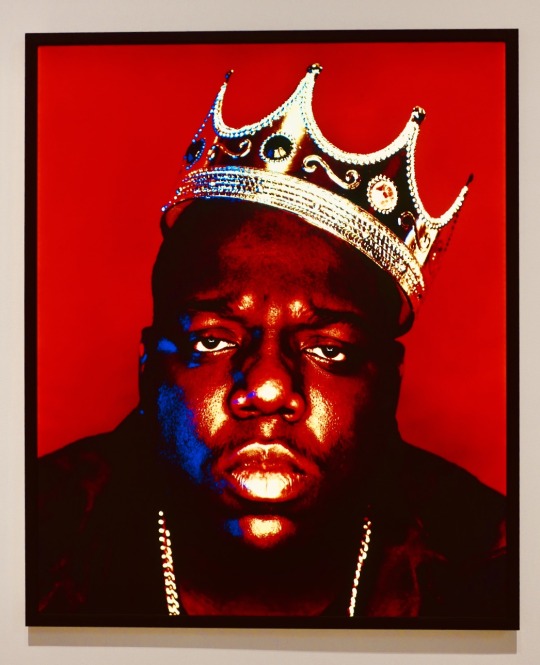

Run, don’t walk to the International Center Of Photography - with its spacious new digs on Essex Street on the Lower East Side - to see ‘Contact High: A Visual History Of Hip Hop’. It has KILLER shots by Jamal Shabazz, Janette Beckman, and, of course, The Real King Of New York, Ricky Powell, among many others. It’s up through May 18th and, if you love music, photography and the arts in general, it’s a must see. Go to icp.org for all the details.
0 notes
Text
Silvestro Mini research
Gabrielle Silvestro
Professor Frocheur
Photography 101
24 November 2019
Mini-Research Paper
Bruce Davidson’s photography captures real people in real-time. It almost makes you think about your relationship with the world around you. Whether it’s about the city you are from or your friends. His photography shares something emotional and almost relatable. According to the International Center of Photography “Born in Oak Park, Illinois, Bruce Davidson has been interested in photography since age 10” (ICP.org). Being interested in photography for so many years can create a multitude of ideas and emotions. When looking through his works, you appreciate the narrative he is trying to convey.
The first body of work I will be looking at is titled England/Scotland 1960. In this project, we are shown how English and Scottish people lived during this era. These photos are in black and white and taken within the year 1960. Some locations of the photos are London, Yorkshire, Hastings, and throughout the U.K. These photographs display the daily lives of U.K citizens. I noticed that they are always well dressed and doing some kind of action. Since the U.K has a stereotype of being a dreary and rainy place I feel that black and white ties that together. There’s an interesting relationship between these people, some seem like they are friends, and laughing. Davidson shows couples kissing, dancing, and relaxing on the beach which shows how couples of all ages spend their time. When I think of places like England, and Scotland there is a certain quirkiness that I relate to those areas. The photo titled Dog in Car (1960) is one that stands out to me and shows an eccentric side to London. The facial expression on the dog is almost human-like, which brings me joy. This body of work projects so many different relationships and how in sync they are. Everyone seems happy, in love, or minding their own business and I like seeing this kind of photography.
The second body of work I will be discussing is titled Brooklyn Gang. In this project, we are shown a gang from Brooklyn and their actions. It shows both men and women and we get a glimpse into their relationships that they have with each other. These photos were taken in Brooklyn, New York in 1959. These photos were also taken in black and white, I feel that this shows the rawness of New York, especially gangs in New York. Seeing a gang in this light is quite different because gangs back then and gangs now are different. I see their relationships throughout these photos and how they stick together. Although gangs involve violence, it is a family atmosphere that shows loyalty and a great sense of trust. No one wants to feel lonely in this world, gangs good/bad, violent/non-violent are everything to their members.
Although these are two completely different bodies of work, they share many similarities and differences. One of the more obvious similarities is that they are both in black and white. Another is that Davidson is showing us a group of people in their natural environment. He wants us to see how others live. There are also ways to compare and contrast these two bodies of work. In England/Scotland 1960, we see how refined and polished people of the U.K are. For example in the photograph titled Older women smiling at police, 1960 we see four women sitting with their legs crossed, gloves on, and polished clothing. While in Brooklyn Gang, 1959, we see how opposite the culture is. In the photograph Bar in Brooklyn, 1959 we see three women sitting at a bar smoking, resting their head, and working. Their style is more updated, they’re wearing more jewelry and have a more harsh demeanor. In Bar in Brooklyn, 1959 Davidson uses a shallow depth of field because the women are in focus and the background is not. In Older women smiling at police, 1960 the women and men are in a deep focus because everything is in focus, even the background.
Relationships are a big aspect of Davidson’s work, he shows them in a way that is sincere and captivating. In the photograph Backseat of a car, 1959 we see a couple kissing in the back of a car, quite passionately. The man has a tattoo with stars and moons on his upper arm and the woman he is with is laying in the opposite direction. This photo seems like a true depiction of American teen romance in the 1950s. It looks like there are other people in the car, possibly other gang members. This just shows that they did everything together and do not have privacy. In this photo, the back window of the car is out of focus and focusing on the couple. While in the photo Couple kissing on street, 1960 we see a British couple kissing on a night out. They are fully clothed and seem to be nicely dressed, this photo seems to be showing a more conservative type of relationship compared to Backseat of a car, 1959. They are alone and walking on a street and just going about their life and romance. This photo looks like it is in motion because of the background as if the photographer was following them.
Bruce Davidson is a photographer that stands out in his own right. Photographing life that’s right in front of him and real people. As a young adult in 2019, I love seeing the past and how people around my age and even older lived. From looking at both of these projects Bruce Davidson creates a story through his photos that makes you think. We get a glimpse into life in Brooklyn, England, And Scotland three drastically different places. The late 1950s and early 1960s is an era through photography we can see in a true form. Bruce Davidson is an artist that is truly charming and enthralling.
Works Cited
“Brooklyn Gang • Bruce Davidson • Magnum Photos.” Magnum Photos, 27 Oct. 2016, www.magnumphotos.com/newsroom/environment/bruce-davidson-brooklyn-gang/.
“Bruce Davidson.” International Center of Photography, 18 Feb. 2019, www.icp.org/browse/archive/constituents/bruce-davidson?all/all/all/all/0.
“England/Scotland 1960 • Bruce Davidson • Magnum Photos.” Magnum Photos, 27 Oct. 2016, www.magnumphotos.com/arts-culture/bruce-davidson-englandscotland-1960/.
0 notes
Photo
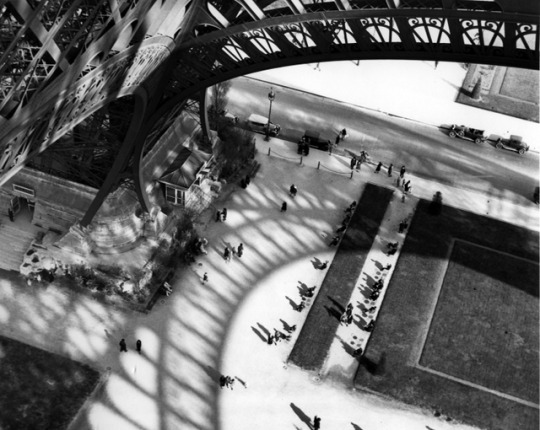
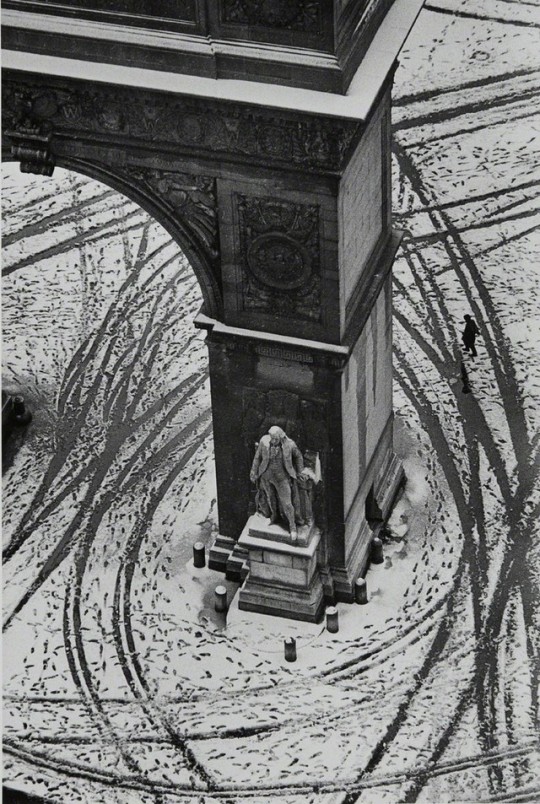
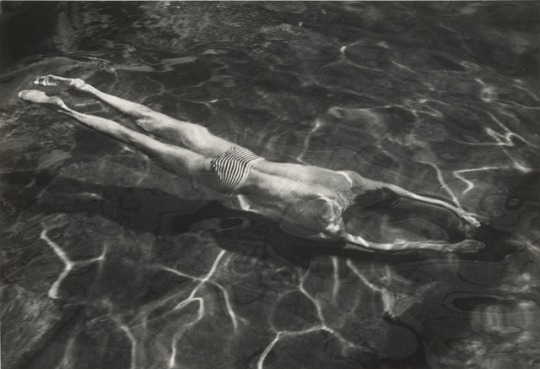
Andre Kertész (1894-1985) Hungarian, lived and worked in France and USA 1 Eiffel Tower (1929) gelatin silver print 40.6×50.8cm
2 Washington Square (1966) gelatin silver print 24.1×16.2cm
3 Underwater Swimmer (negative made 1917, printed 1970s) gelatin silver print 17×24.7cm
A artsy.net An important influence on photography both as journalism and as art, André Kertész is known for the visual lyricism and humanism that characterized his practice. A Hungarian-born Frenchman, Kertész moved to New York in 1936, having spent 1925-1936 in Paris at the centre of the émigré art world, where he photographed fellow artists such as Brassaï, Piet Mondrian, Marc Chagall, Alexander Calder, and Constantin Brancusi. It was not until 1964 that his work gained recognition in the U.S., when he was given a one-man show at the Museum of Modern Art. Today he is best known for his series of Polaroid studies of Washington Square Park, as well as his distorted nudes of the 1930s, which take the radical angles and manipulation of light and shadow of his street scenes and apply them to the human body to obtain a similar de-familiarizing effect. “The moment always dictates in my work,” Kertész once said.
“Everybody can look, but they don't necessarily see ... I see a situation and I know that it's right.” AK
B icp.org Combining this seemingly artless spontaneity with a sophisticated understanding of composition, Kertész created a purely photographic idiom that celebrates direct observation of the everyday. Neither a surrealist, nor a strict photojournalist, he nevertheless infused his best images with strong tenets of both.
"You don't see" [the things you photograph], he explained, "you feel them." AK
#kertesz#eiffel tower#photography#composition#distortion#structural frame#camera angle#viewpoint#point of view#available light
2 notes
·
View notes
Photo
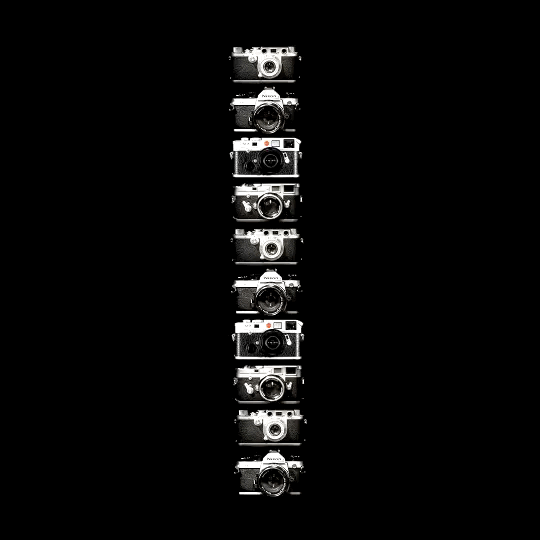
We are ICP, the world’s leading institution dedicated to photography and visual culture. http://icp.org
39 notes
·
View notes